Star anise (Illicium verum), commonly but incorrectly referred to as "anise sed," is a spice derived from the star-shaped fruit of a small tree native to China and Vietnam. Despite the name "anise sed," this is not a real botanical term—it's a frequent misspelling or confusion with the actual spice star anise. This article will guide you through the correct use, flavor, and applications of star anise in cooking. Whether you're a seasoned chef or just starting out, this guide has something for everyone.
Table of Contents
- What Is Star Anise?
- Flavor Profile of Star Anise
- How to Use Star Anise in Cooking
- Buying Guide for Star Anise
- Cooking Ideas with Star Anise
- Frequently Asked Questions (FAQ)
- Conclusion
What Is Star Anise?
Star anise (Illicium verum) is a spice obtained from the dried fruit of a small evergreen tree native to China and Vietnam. It's easily recognizable by its distinctive star shape, typically with eight points. Despite being commonly mislabeled as "anise sed" online, this term is not scientifically accurate—"anise sed" does not exist as a botanical name. The confusion often arises because star anise shares a similar licorice-like flavor with true anise (Pimpinella anisum), but they are completely different plants.
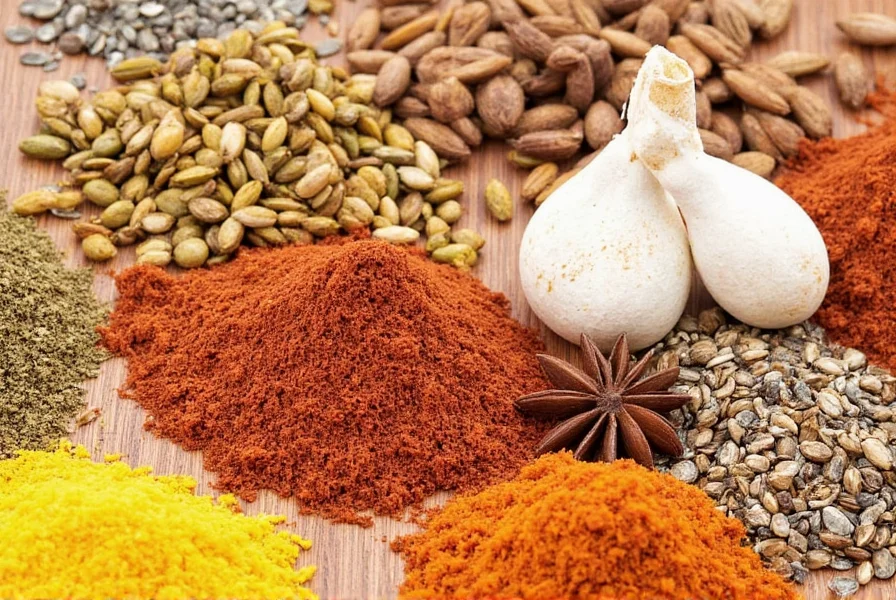
Flavor Profile of Star Anise
The flavor of star anise is bold, sweet, and slightly spicy, with a distinct licorice note that sets it apart from other spices. It’s not as overpowering as some other strong spices, but it can easily dominate a dish if not used in moderation.
| Spice | Flavor Profile |
|---|---|
| Star Anise | Sweet, licorice-like, slightly spicy |
| Anise Seeds | More pungent and less sweet than star anise |
| Fennel Seeds | Earthy, slightly sweet, and nutty |
| Cinnamon | Warm, sweet, and woody |
This table shows how star anise stands out from its close relatives and other popular spices.
How to Use Star Anise in Cooking
Star anise is a versatile spice that can be used in both sweet and savory dishes. Here are some tips on how to use it effectively:
- Whole vs. Ground: Whole star anise is often used in soups, stews, and braises. Ground star anise is ideal for baking and spice blends.
- Infuse in Liquids: Adding whole star anise to broths, teas, or syrups can infuse them with its rich flavor.
- Use Sparingly: A little goes a long way. Start with a small amount and adjust to taste.
- Pair with Other Spices: Star anise works well with cumin, coriander, and cloves. It also complements citrus and honey.
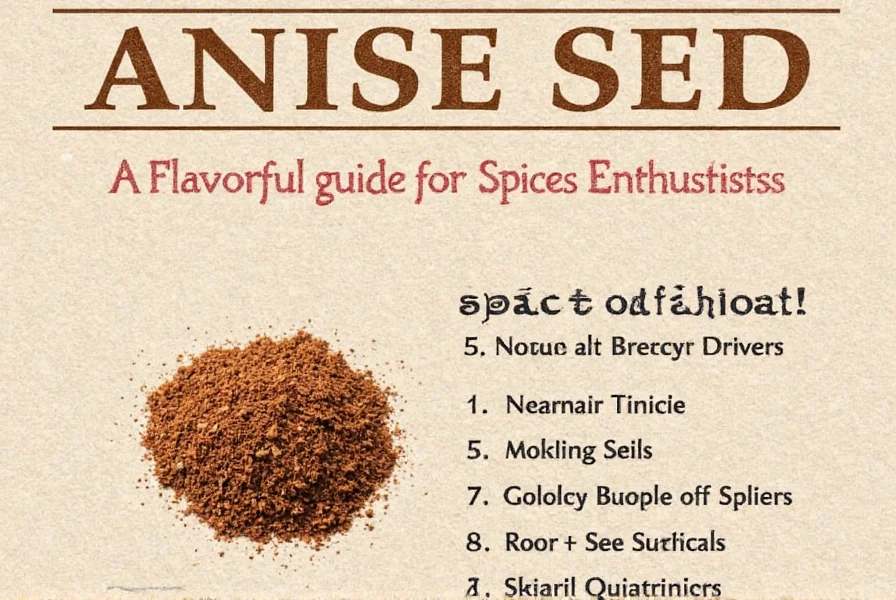
Buying Guide for Star Anise
When purchasing star anise, look for high-quality, whole, star-shaped pods that are bright red or brown in color. Avoid any that are discolored, brittle, or have a musty smell. Here are some top products to consider:
1. Premium Star Anise
- Features: Organic, non-GMO, and hand-picked
- Advantages: Richer flavor and longer shelf life
- Use Cases: Ideal for gourmet cooking and specialty recipes
- Target Audience: Professional chefs and serious home cooks
- Suitable Occasions: Festive meals, holiday baking, and international cuisine
2. Ground Star Anise
- Features: Fine grind, ready to use
- Advantages: Convenient for quick recipes and spice blends
- Use Cases: Baking, seasoning meats, and making spice mixes
- Target Audience: Busy cooks and bakers
- Suitable Occasions: Everyday meals, snacks, and desserts
3. Bulk Star Anise
- Features: Large quantities at a lower price
- Advantages: Cost-effective for frequent users
- Use Cases: Restaurant kitchens, large gatherings, and bulk cooking
- Target Audience: Restaurants, caterers, and spice enthusiasts
- Suitable Occasions: Catering events, festivals, and large family dinners
When choosing star anise, always check the packaging for freshness and quality. Look for certifications like organic or fair trade if those are important to you.
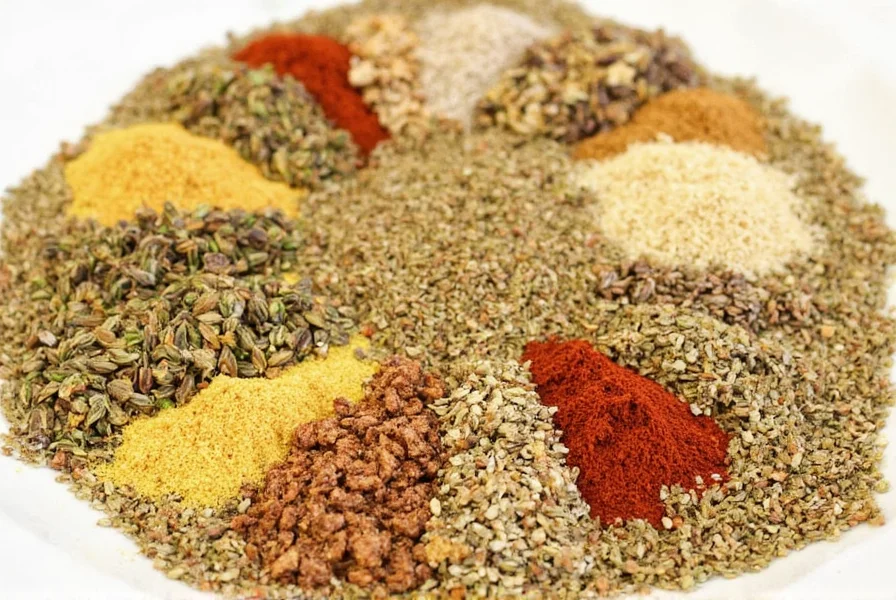
Cooking Ideas with Star Anise
Here are some creative ways to use star anise in your cooking:
1. Star Anise Infused Tea
Add a few whole star anise pods to a pot of boiling water. Let it steep for 5–10 minutes, then add a splash of honey and a squeeze of lemon. This tea is perfect for digestion and has a warm, soothing flavor.
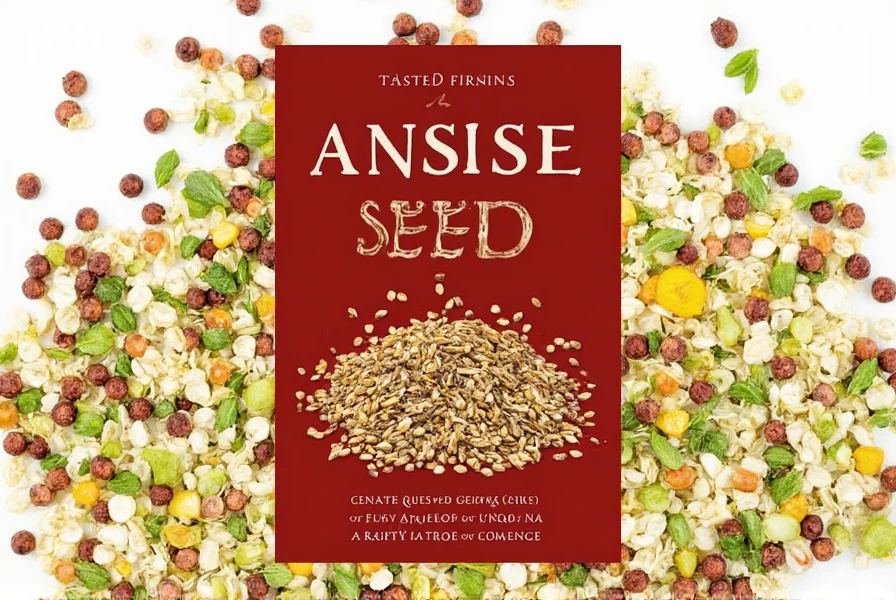
2. Star Anise Chicken
Marinate chicken in a mixture of soy sauce, garlic, and ground star anise. Bake or grill until fully cooked. The star anise adds a unique depth of flavor that pairs well with the savory elements of the dish.
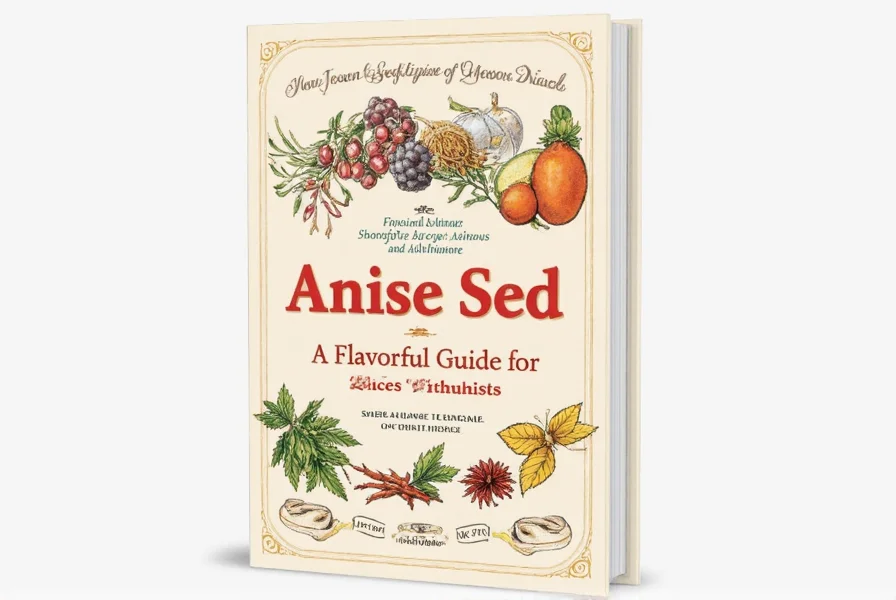
3. Star Anise Cookies
Try adding a pinch of ground star anise to your favorite cookie recipe. It gives a subtle sweetness and a hint of licorice that complements chocolate and cinnamon beautifully.
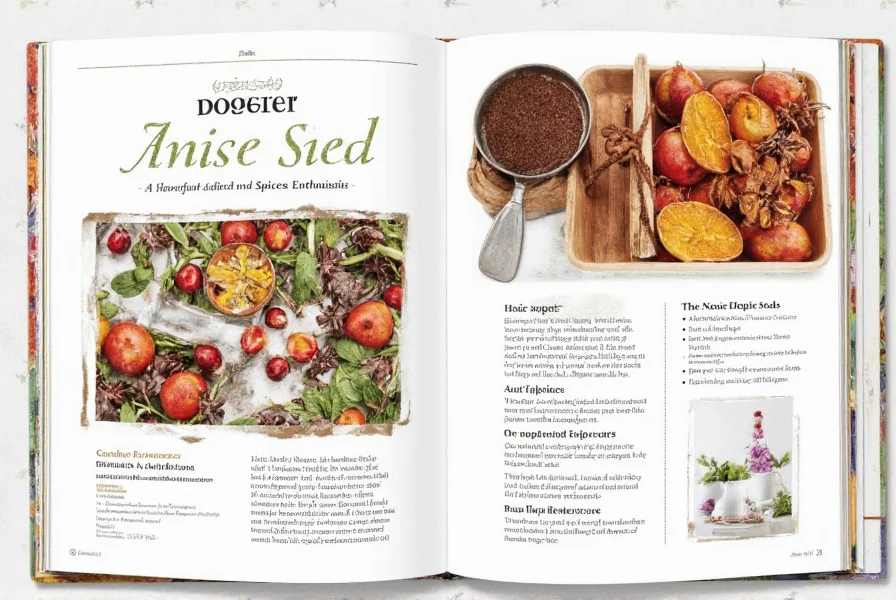
4. Star Anise Syrup
Create a simple syrup by simmering sugar, water, and star anise for about 15 minutes. Strain and use it in cocktails, mocktails, or to drizzle over desserts. It adds a unique and aromatic touch to any drink.

Frequently Asked Questions (FAQ)
What is star anise?
Star anise (Illicium verum) is a spice obtained from the star-shaped fruit of a small tree native to China and Vietnam. It has a distinctive licorice-like flavor and is used globally in cooking and traditional remedies. "Anise sed" is a common misspelling—there is no botanical term "anise sed."
Is star anise the same as anise seed?
No, they are different spices. Star anise comes from the Illicium verum plant and has a star shape, while anise seed comes from the Pimpinella anisum plant and resembles small oval seeds. Both share licorice notes, but star anise is sweeter and milder.
Can I substitute star anise in recipes?
Yes, but carefully. Use 1 whole star anise pod to replace 1/2 teaspoon of anise seeds. For ground substitutions, use 1/4 teaspoon ground star anise for every 1/2 teaspoon anise seeds. Always taste as you go—star anise has a more intense flavor.
Are there any safety concerns with star anise?
Star anise is safe when used as a culinary spice. Avoid Japanese star anise (Illicium anisatum), which is toxic. Always purchase from reputable sources to ensure you're getting the safe Chinese variety (Illicium verum).
How long does star anise last in storage?
Whole star anise retains freshness for 2-3 years when stored in an airtight container away from light and heat. Ground star anise loses potency faster—use within 6 months for best flavor.
What dishes pair best with star anise?
It shines in Asian braises (like pho broth), Middle Eastern stews, fruit compotes, mulled wines, and baked goods like biscotti. It also complements pork, duck, citrus-based sauces, and chocolate desserts.
Conclusion
Star anise is a powerful and aromatic spice that can elevate your cooking in countless ways. From its rich flavor profile to its versatility in both sweet and savory dishes, it's a must-have in any spice cabinet. Whether you're using it in traditional recipes or experimenting with new ideas, star anise offers a delightful experience for all spice lovers.
Remember to buy high-quality star anise, use it sparingly, and pair it with complementary flavors to get the best results. With a little creativity and knowledge, you'll discover why star anise is such a beloved ingredient across the globe.
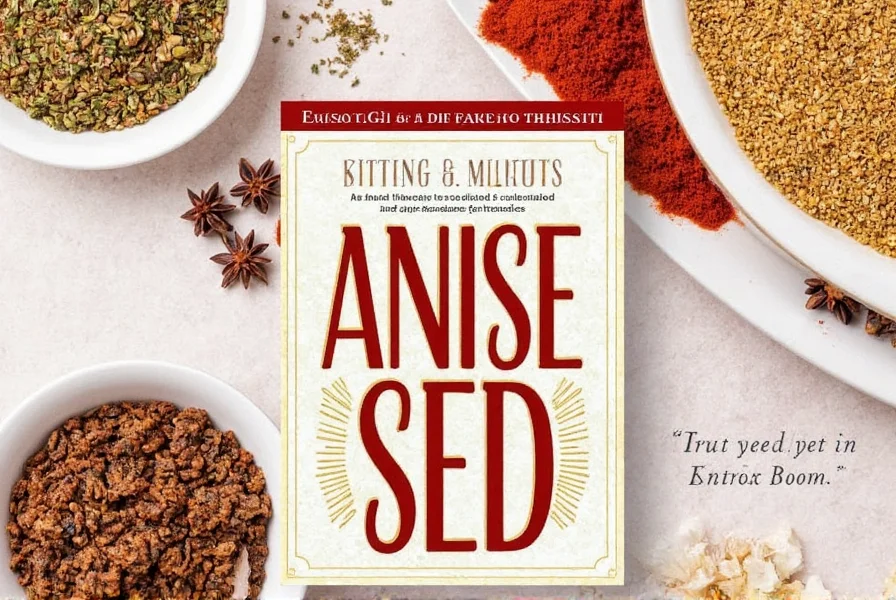

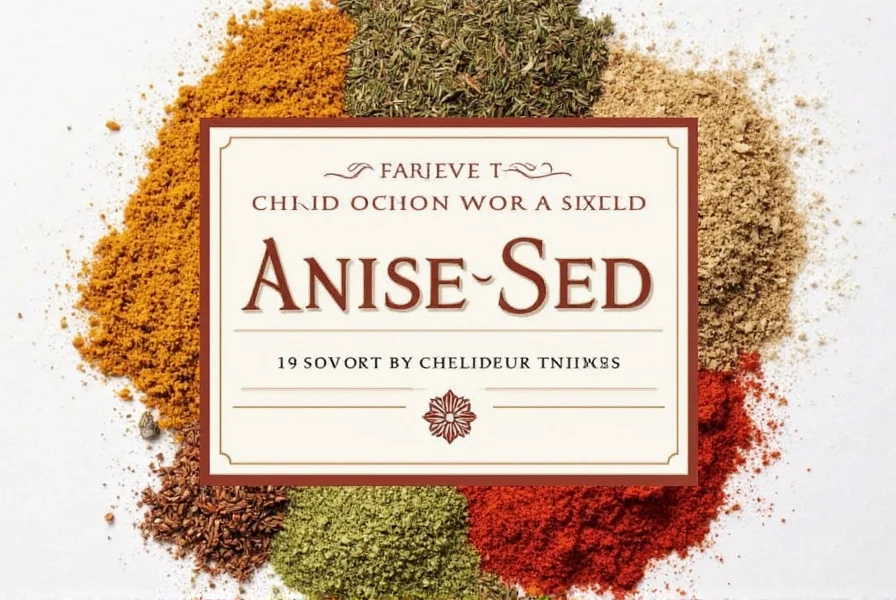









 浙公网安备
33010002000092号
浙公网安备
33010002000092号 浙B2-20120091-4
浙B2-20120091-4